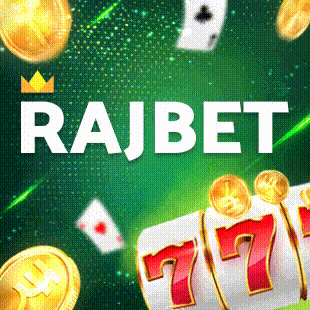Top 7 Folk Dances From South India

India is a country that is both abundant and varied, having been formerly composed of many distinct kingdoms. Even now, as a country, India takes pride in that distinction. Each region has its own culture and history, and the traditional folk dances of India are no exception.
Unlike classical dances, folk dances are less technically difficult to learn, yet they are just as significant and elegant. As a result, folk dances tend to be favored by those who want to gain an understanding of traditional dance forms that are meaningful in the cultural context. Have a look at some of the most well-known folk dances from South India which are an absolute delight for folk art aficionados.
1. Kummi – Tamil Nadu
Kummi is an ancient dance from Tamil Nadu that consists of a group of people forming circles and clapping their hands to create music. No instruments are necessary, as the dancers supply the music through singing and their coordinated movements. The beauty of the dance is in how the dancers move in perfect harmony with the clapping. It is a popular entertainment at family gatherings or festivals such as Pongal and Navratri.
2. Padayani – Kerala
Padayani is a dance most commonly done in temples dedicated to Bhadrakali, a widely venerated deity in Kerala. Based on mythology, it is performed to commemorate and placate the goddess after her triumph over the demon Darika. This requires strenuous practice and dietary adjustments to purify the body. Costumes with headgear and masks known as Kollam, which symbolize the divine, are also part of this dance, along with the Kaimani and Chenda instruments.
3. Kolannalu – Andhra Pradesh
This traditional dance from South India is similar to the popular Gujarati Dandiya, where pairs of dancers use two sticks to create the beat as they move together in circles. It usually consists of eight to forty women dancing in pairs, with a leader in the middle to direct the dancers to move in and out of two circles while striking the sticks of their partners.
4. Mayilattam – Tamil Nadu
The term Mayilattam translates to 'peacock dance', which is derived from the costumes worn by the performers that resemble peacocks. This dance is a tribute to Lord Murugan's most dedicated follower. The attires feature a movable beak that mimics the peacocks' singing and shimmering feathers. The dancers must move gracefully and replicate the bird's movements. Mayilattam is executed while wearing long pieces of wood that are attached to the dancer's feet, making them perform specific steps.
5. Veerageese – Karnataka
Veerageese is a dance style usually performed by Jangamas, a sect of Shaivism-practicing monks, during the Dasara processions in Karnataka. This performance usually depicts tales from the Shiva Puranas. To portray Shiva, the dancer is clothed in a white headdress, a vibrant red robe, rudraksha beads, a belt, a serpent-shaped neck ornament, and anklets. Also, vibhooti is smeared over their faces and they hold a wooden plaque of Lord Veerbhadra in one hand and a sword in the other.
6. Theyyam – Kerala
This is an additional traditional dance that invokes old narratives deeply rooted in South Indian culture. It is an act of reverence to the deities to implore a bountiful harvest and success. The first part of the Theyyam performance is referred to as Vellatam and can be followed by any of the more than 400 Theyyam pieces that each possess their own unique style and soundtrack. The performers often wear ornate costumes and makeup that varies for each performance and requires intense practice to master.
7. Perini Thandavam – Telangana
The Perini Thandavam is a traditional dance of warriors which was customarily performed in front of an idol of Lord Nataraja before going off to fight. It was thought that performing a dance in tribute to Lord Shiva, the God of destruction, would bring about success against their enemies. It is accompanied by the sound of drums and requires vigorous dancing movements, as well as being a means of calming and focusing the warrior's concentration for battle. It was once supported by the Kings of the Kakatiya dynasty and has been revived in recent years by Padmasri Dr. Nataraja Ramakrishna.



